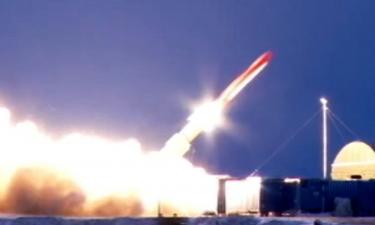NASA postpones mission to visit two asteroids
An unmanned NASA spacecraft intended to visit two of the solar system's largest asteroids will not launch this year, as the space agency deals with cost overruns and technical issues.
The planned summer launch of the Dawn spacecraft has been indefinitely postponed, said Andrew Dantzler, director of NASA's solar system division, on Saturday.
Mission managers were ordered to halt work on Dawn last fall while an independent review team led by the space agency's Marshall Space Flight Center assessed the project. The team is expected to present its findings to NASA on Jan. 27.
Even if NASA gives Dawn the green light, it would take another year for engineers to finish routine testing of the spacecraft, said mission principal investigator Christopher Russell of the University of California, Los Angeles.
"It's like running a relay race," Russell said. "You're on your last leg and the judges suddenly say, 'Stop.' You lose your momentum."
Dawn is part of a NASA program called Discovery that seeks to explore the solar system on a shoestring budget. The program includes the Stardust mission, which last week returned to Earth with samples of comet dust.
The Dawn mission has suffered several setbacks, including the rupture of two of its xenon fuel tanks during testing, forcing engineers to reduce the amount of xenon to be loaded in the tanks.
The project is capped at $371 million (€307.42 million), according to Russell. But when project scientists asked for an extra $40 million (€33.15 million) last year, NASA ordered a standdown to figure out why the program was exceeding its budget.
Dantzler acknowledged that Dawn is vital to advancing knowledge of the solar system's beginnings. But he said overfunding Dawn at the expense of other projects would hurt future missions.
"This is first-class science, and we'll do everything we can to give it the go-ahead," Dantzler said in a recent interview.
The Dawn spacecraft was supposed to lift off from Florida in June and, powered by a xenon ion engine, make a nine-year journey to Ceres and Vesta, which reside in the main asteroid belt between Mars and Jupiter.
Asteroids _ chunky rocks that orbit the sun _ are believed to be remnants from the solar system's formation about 4.5 billion years ago. Studying asteroids could provide clues into how the sun and planets emerged.
Previous missions to asteroids include a Japanese probe that landed on one last year to collect samples. But Dawn would be the first spacecraft to orbit two asteroids to study them in depth.
The Dawn spacecraft was to reach Vesta, 220 million miles (354 million kilometers) from Earth, in 2011. It was then supposed to have reached Ceres, about 258 million miles (415 million kilometers) from Earth, in 2015. It was to spend several months orbiting each "baby planet," taking pictures of the surface and studying the interior composition, density and magnetism.
The two asteroids are believed to have formed in different parts of the solar system and undergone different evolutionary processes.
Ceres, the solar system's largest asteroid at about 600 miles (965 kilometers) long, appears to have a warm surface and evidence of a weak atmosphere.
Vesta is about 320 miles (515 kilometers) long and appears to have been resurfaced by basaltic lava. Like Earth's moon, Vesta has been bombarded by smaller space rocks over the eons, and these impacts have hurled out meteorites to Earth.
The mission is managed by the Jet Propulsion Laboratory in Pasadena, AP reported. V.A.
Subscribe to Pravda.Ru Telegram channel, Facebook, RSS!





